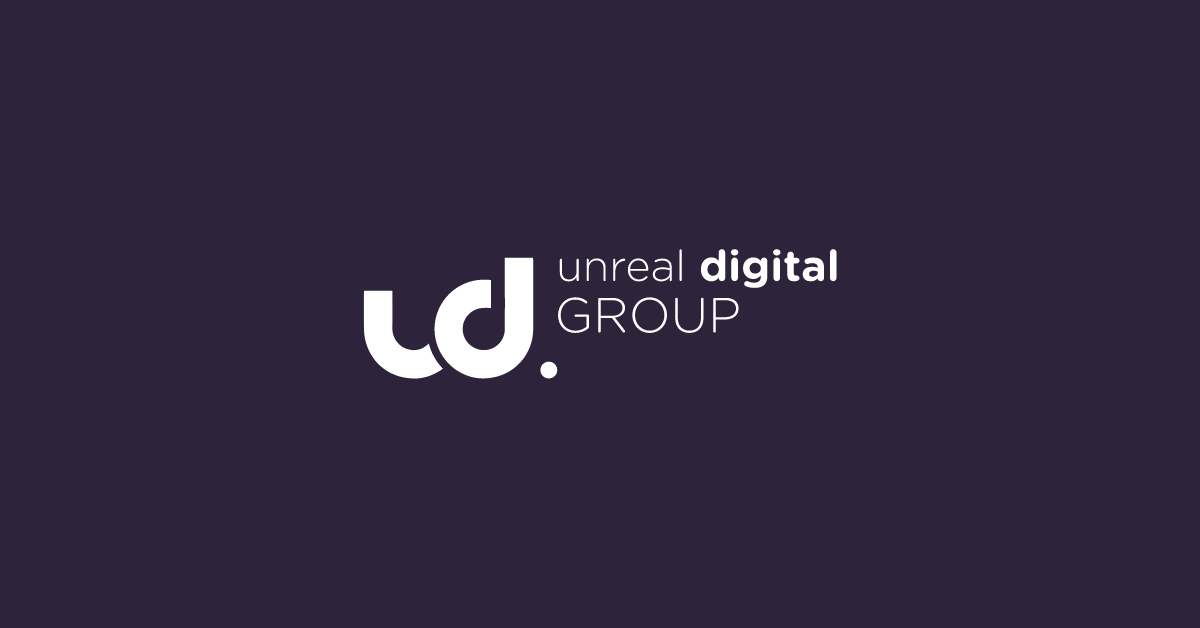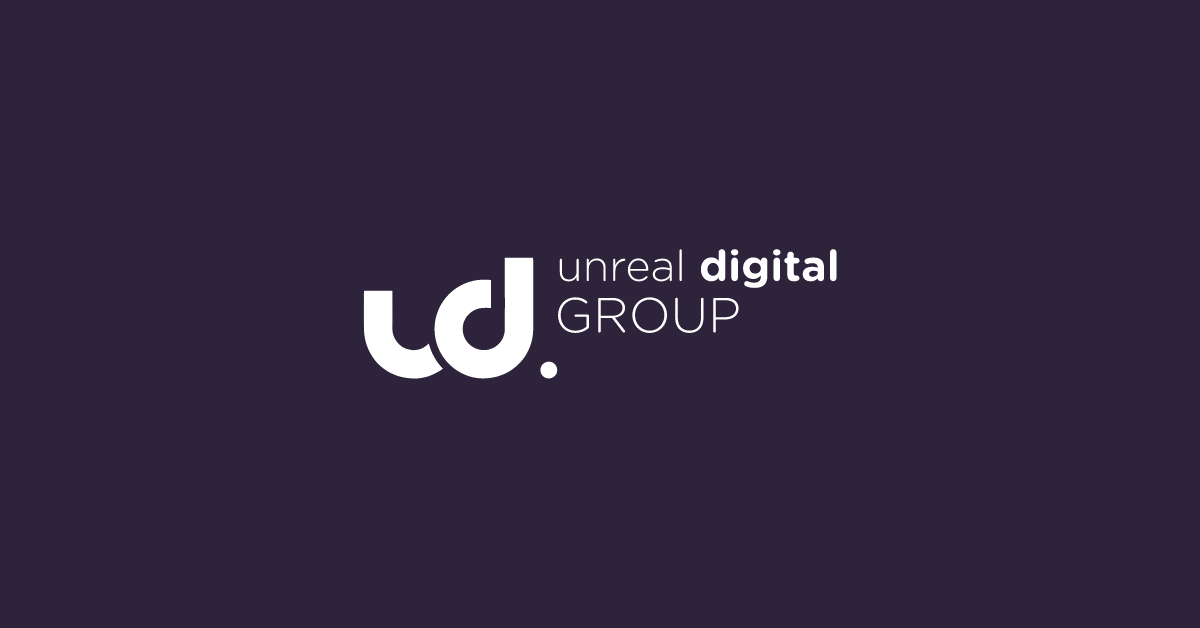B2B Email Marketing: How To Lower Your Unsubscribe Rates With a Delightful Email Preference Center
Let’s face it. We all get a lot of emails.
As marketers, it’s our job to build relationships. And if done right, email is a tool on the belt that we can use to engage, nurture, and connect with our audiences.
But the inbox is a noisy place. It’s why “too many emails” is the top reason people unsubscribe from an email mailing list, followed by a perceived lack of relevance.
This isn’t to say that email marketing isn’t effective. Email engagement is actually thriving, according to HubSpot’s State of Marketing Report, with companies earning $42 for every dollar spent.
Yet the last thing you want is to have your brand lumped in with the email noise. At best, your open rates will lag. At worst, you could be flagged as spam and blacklisted.
Marketers invest considerable time and resources into obtaining, nurturing, and engaging with their email databases. But not everyone in your database needs to hear everything you have to say, all the time.
This is where an email preference center comes in — low-hanging fruit that can help you provide a more personalized experience for your customer, allowing them to customize their experience with you.
Still, many marketers treat the email preference center as an afterthought — checking the box for legal compliance — rather than approaching it as a relationship-building tool.
And that’s a missed opportunity. We’ll dive into email preference center best practices below, but first…
Why do I need an email preference center?
At the very least, you need to be compliant.
CAN-SPAM is the U.S. law that requires all commercial email communication to contain an unsubscribe option and to make opting out easy, visible, and relatively quick (10 business days). This is the bare minimum to which all companies in the U.S must comply. Keep in mind more stringent privacy laws and higher standards for email opt-in consent exist in California, the EU, and Canada.
But marketing email communications don’t have to be all or nothing. If you offer only the bare minimum — the option to subscribe or unsubscribe from emails — your unsubscribe rates will be unnecessarily high.
The better approach is to present opt-down options. In this way, you give your customers the ability to get more of what they want, and nothing that they don’t.
Here are 4 easy ways to design a buyer-focused email preference center.
1. Offer choices for timing and cadence
Because the top complaint about email is that there are too many of them, give your subscribers the choice to change the frequency. Offer weekly and monthly communication options, or even the option to pause the conversation for a period of time.
2. Offer choices for content types
Existing customers may be interested in new product or service launches, while early-journey prospects may be looking for educational blog posts related to their industry challenges. Either way, give subscribers the opportunity to tailor the email content they receive, so it’s relevant to their interests.
3. Use clear language, but stay on-brand
An email preference center isn’t the place to talk in corporate-speak. Maintain your brand voice using conversational language and keep the messaging clear and concise (I don’t know what I’m getting when I read “marketing offers and updates”). While email preference options are good, don’t go overboard. A preference center with three options — Events, Latest Company News & Promotions, and Product Updates & Support, for example — can be simple, yet effective.
4. Ensure follow-through
Now that you’ve designed a new email preference center that enables your prospects and customers to communicate with you on their terms, the next step is to build in processes on the back-end to ensure that the customer expectations for timing and topics are consistently met.
Up your B2B email marketing strategy
Email preference centers require little effort but can make a big impact. While lower unsubscribes are a bonus, the real value is in offering your customers a more personalized way to engage and communicate with your brand. When you ask customers to tell you what they want, you put their experience front-and-center, where it should be.
Not sure if your email preference center has what it takes to delight your customers? Let us review it for you, and we’ll provide best practice guidance on how to make it better. Get in touch!


